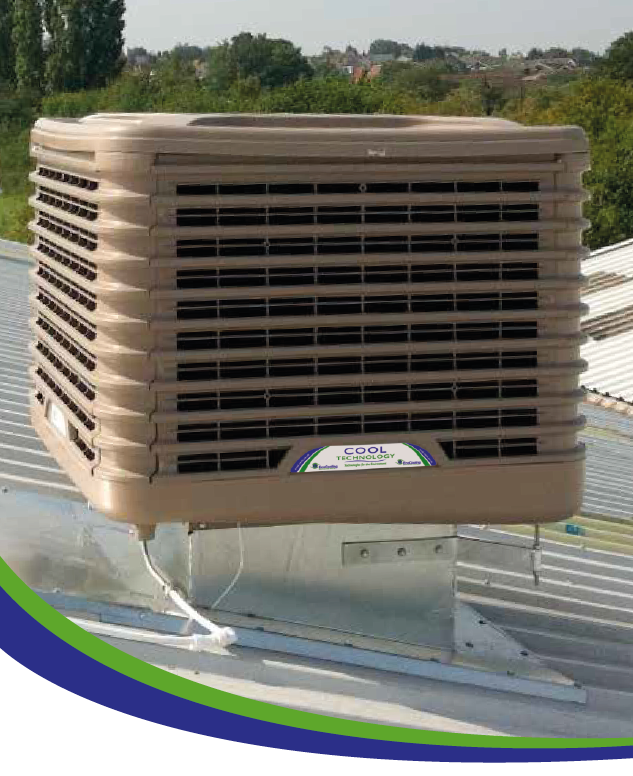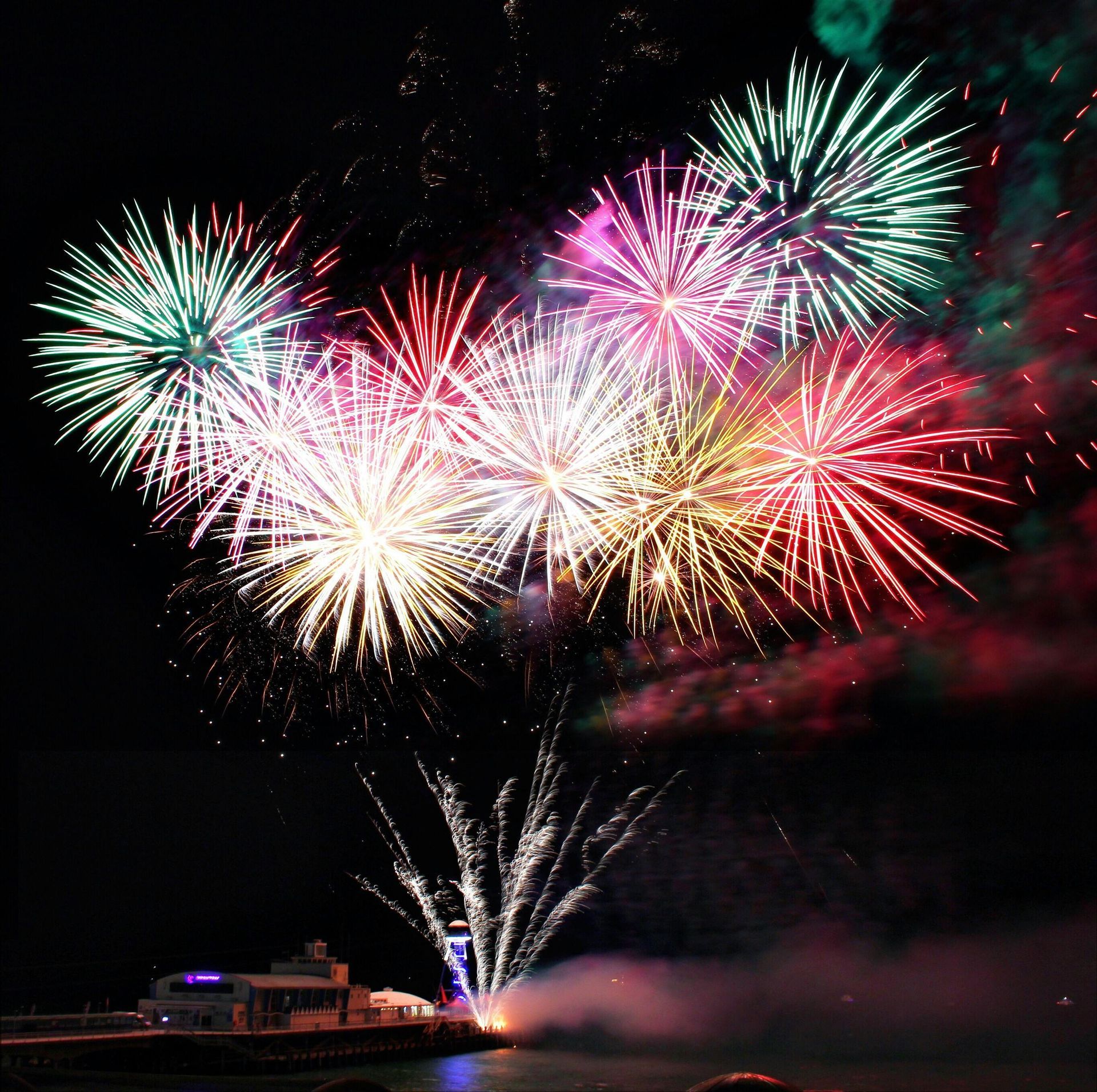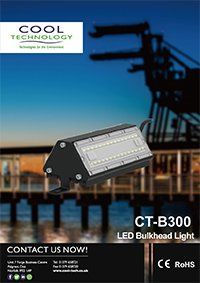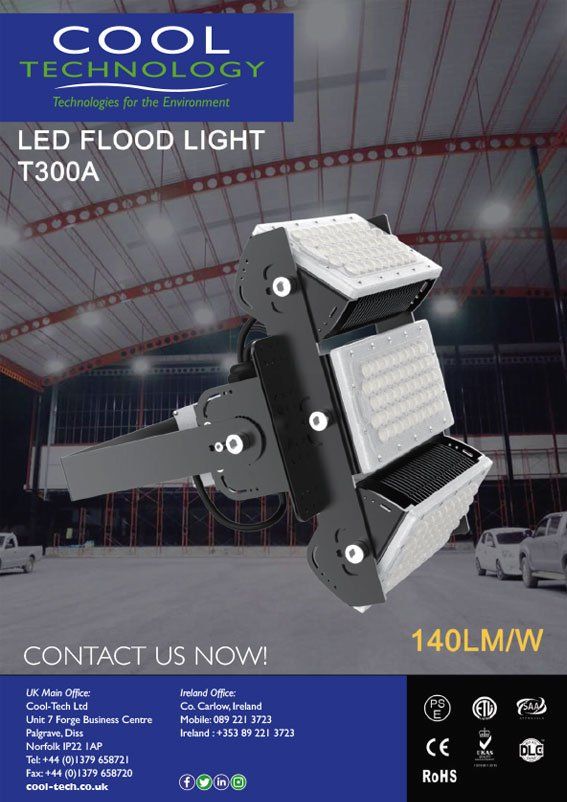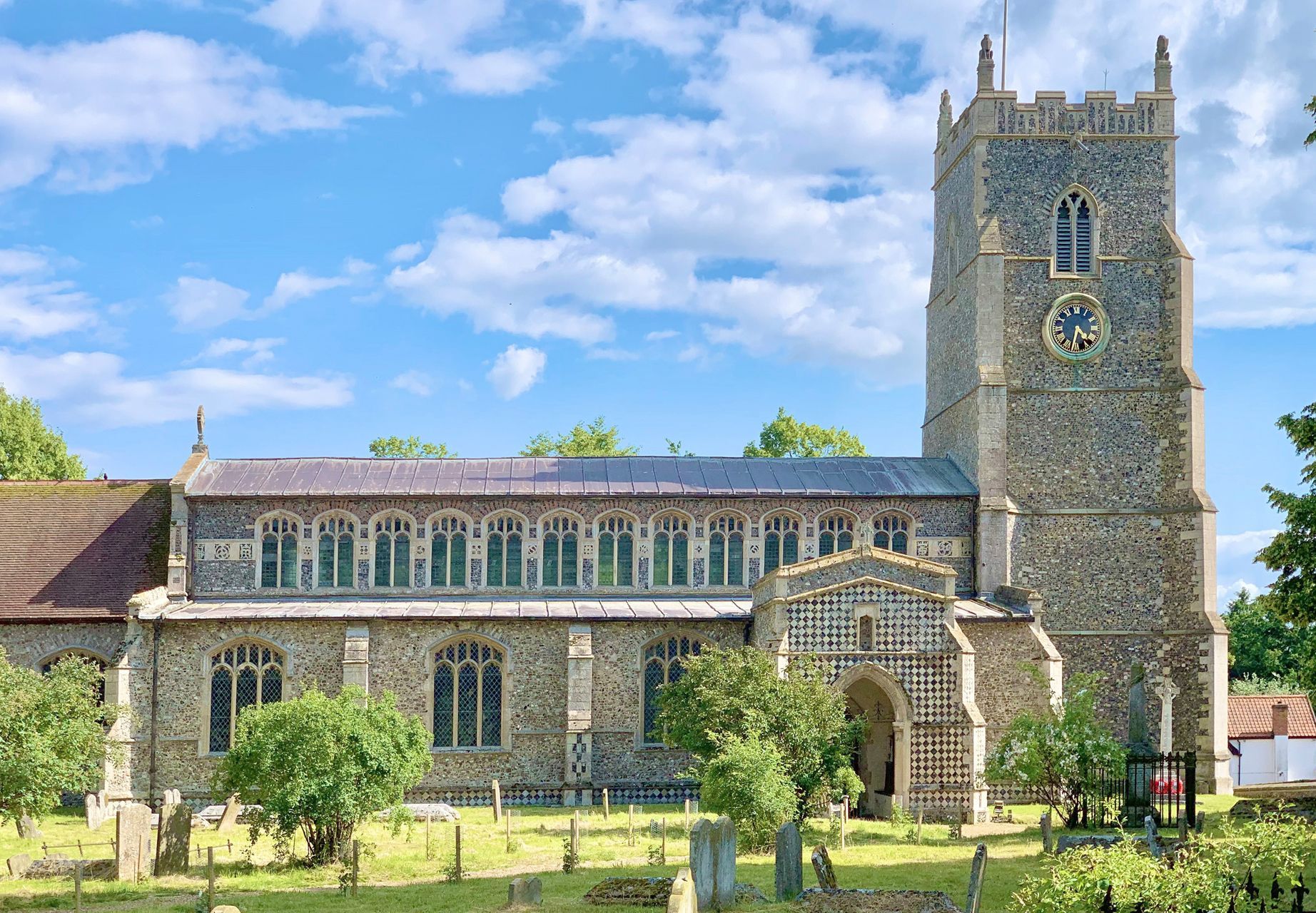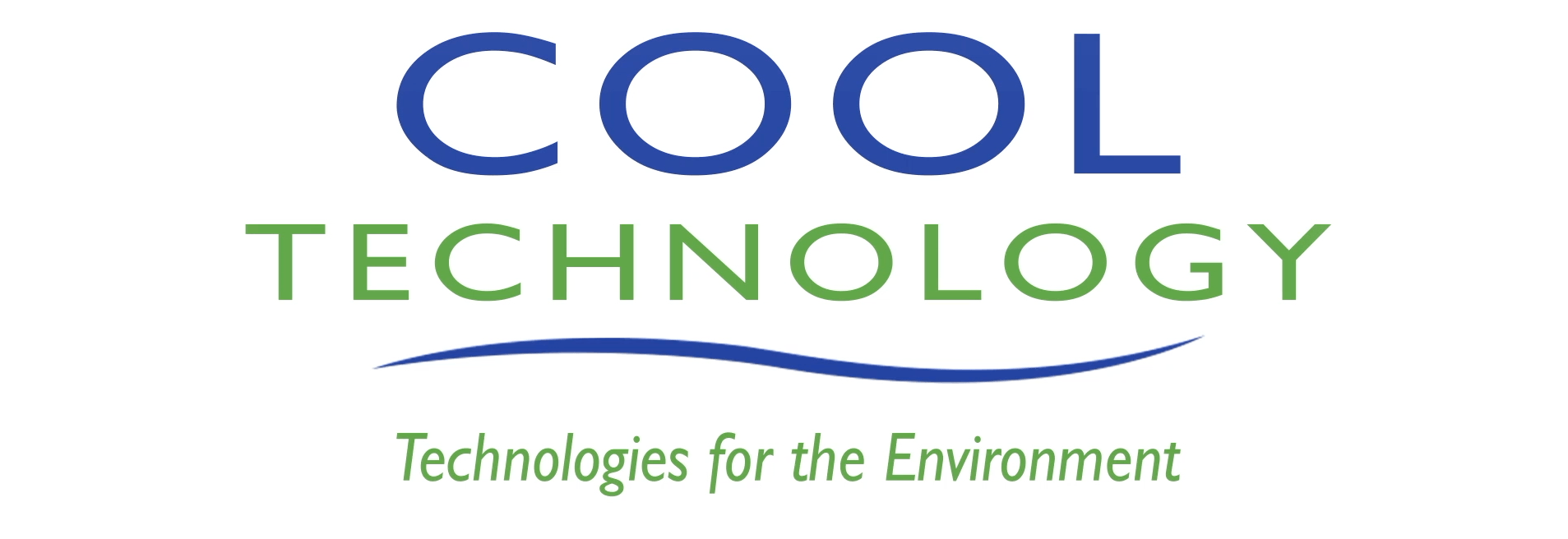Introducing our brilliant Halo-F LED food processing light
In this article about specialist LED lighting, we take a deep-dive into our popular Halo-F series of LED highbay food processing lights, which are also perfect for the pharmaceutical sector, wineries, supermarkets and many other dust-free plant settings.
Why food processing and pharma settings need bright light
Food-safe lighting is vital for every food related business, keeping products and employees safe as well as helping maintain high hygiene standards. Food, pharma and similar facilities often have very specific lighting constraints and demands, with lighting meeting demanding criteria and stringent standards, often in highly-controlled critical environments. If, as is more likely in a climate change world, temperatures change dramatically to reach new highs and lows, the lighting must be able to cope without affecting production or standards. It's good to know that the Halo-F series does all of this in an efficient, cool, low-energy way with LEDs at its heart.
LED Food processing Light specification
The Halo-F series comes with a choice of wattage to suit a huge variety of situations and contexts: 50W, 80W, 100W, 150W, 200W, plus the brightest of all, the super-bright 240W model. The driver comes from MEAN WELL, a highly respected supplier dedicated to standard power supply products. They have strong positive partnerships with around 250 authorised distributors globally and their excellent products are widely used in industrial control, medical and other situations.
The light source is provided by LUMILEDS, makers of the great quality LUXEON LEDs used for a variety of applications and known for their high performance, reliability and flexibility. And the lamps' Luminous Flux, at 160LM/W±5%, gives you a really good perceived power of light.
Your CRI or Colour Rendering Index is RA>70/80, which means you get an accurate representation of the real-life colour of the objects being lit. And with a CCT or Correlated Colour Temperature of 2700-6500K there's a wide spectrum of warm to cool light choices, from a cosy-feeling low level to illumination that's bright, white, and very like daylight.
Your RATED VOLTAGE is AC 100-240 277V~,50/60HZ and the POWER FACTOR is >0.95. And there's even a choice of light distribution, with beam angles of 60°/90°/120°. Ideal for places where water and steam are a risk to equipment, the IP GRADE of IP69K means the units are both high pressure water resistant and steam resistant. Because they operate perfectly well within an enormous temperature range, from -40℃~55℃, they do what they're supposed to do however hot or cold the setting is or becomes.
Because of the sensitivity of the sectors using lights like this, which tend to come with unusually strict requirements, these LED lamps are made using biocompatible materials for high levels of hygiene and safety. And there's even more choice around the way they're fitted. Choose from either a ceiling installation, which sits close to the ceiling, or suspension installation, which hangs below the ceiling to be placed at the exact height you require it.
A strict LED food processing light testing regime
A Salt Spray Test explores the heat sink processed by oxidization and powder spraying, revealing really good resistance to corrosion. A High-Low Temperature Test over two hours at a temperature of <-40°C saw the lamps working perfectly, and testing for four hours at a temperature of >60°C gave equally impressive results.
A UV Ageing Test looked for discolouration over 720 hours or so and found no impact on the lamp's performance, with no effect on the lamp's appearance or the PC lens either. A Vibration Test simulated various vibration conditions and proved the lamps' system is good and robust.
Withstand Voltage Testing showed the lamps handle the specified voltages while avoiding surges and short circuiting, dealing with potential operation errors and faults with ease. And Temperature Rise Testing proves the units are man enough to handle hikes in temperature that could cause breakdowns and accidents in lesser products.
And last but not least, because LEDs use so little electricity they costs very little to run compared to regular lighting.
Contact us for answers to your Halo-F series LED light questions
You'll find the full details about the Halo-F range here. If you have any questions about any aspect of them, we'll be pleased to help.

